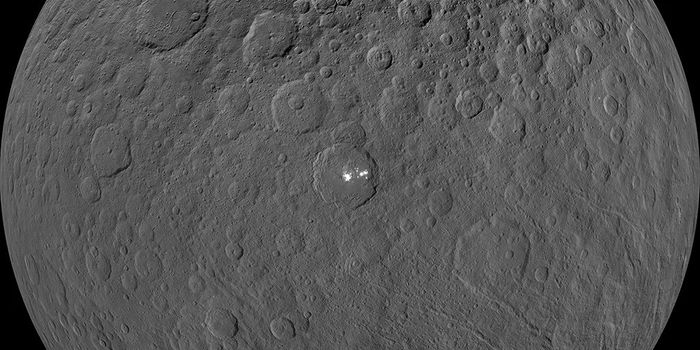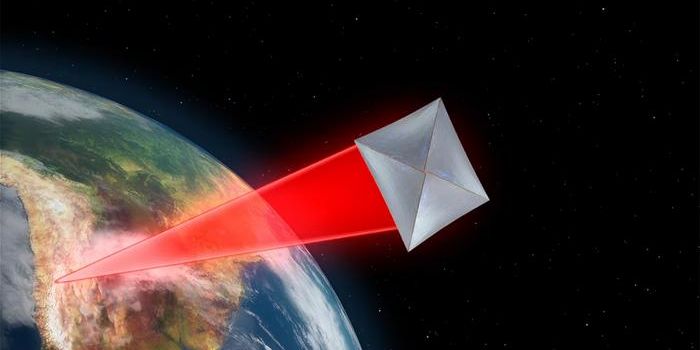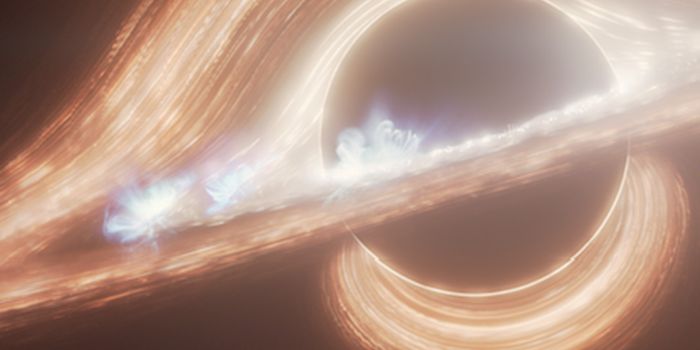The Making of the Milky Way Galaxy
In a recent study published in Monthly Notices of the Royal Astronomical Society astronomers analyzed the light from individual stars to understand how the Milky Way was created. In the early days of the Milky Way, the galaxy was a churned-up combination of stars and gas. This new study tells us where those components originated, differentiating between which stars originated inside the galaxy and which stars began their lives outside the galaxy. Despite our home galaxy being the one that has been most studied and understood, we still don’t understand exactly how it formed and evolved. The new evidence obtained through this study helps us to understand which elements went into its creation.
We can now definitively say that the Milky Way formed from the collision of lots of much smaller galaxies. The Galactic Archaeology with HERMES (GALAH) team used the largest optical wavelength telescope in Australia, the Anglo-Australian Telescope (AAT) to study the spectra of more than 600,000 stars with the HERMES (High Efficiency and Resolution Multi-Element Spectrograph) instrument. This allowed the team to look at the light emitted by many different stars as a function of wavelength, also known as a star’s spectra. Stars are made of many different elements which have unique signatures, much like fingerprints, in these spectra. This technique allowed the team to measure the composition of stars, specifically looking at the abundance of 30 different elements (e.g., sodium, iron, magnesium, manganese, etc.). Stars will have different elemental abundances depending on where the they were born and the material out of which they were formed. Studying the stars that currently make up our galaxy allowed the team to estimate the size of the galaxies that collided with and combined to form the Milky Way as we know it today. This technique also helped the team understand how specific features of the galaxy came to be.
The results of this study shed light on why there are two distinct groups of stars in the disk of the galaxy: one much older group of stars located bulging out of the disk of the galaxy, and a younger group of stars which exist in a thin band in the plane of the galaxy. The team made use of new understandings of our galaxy that were gleaned from data obtained by the European Space Agency’s Gaia telescope. The mission of Gaia is to make the most detailed three-dimensional map of the Milky Way to date, which will help astronomers understand the orbits, composition, formation, and evolution of our galaxy. The team then used the proper motions – or speeds and directions – of many stars through space to find groups of stars moving in distinctly different directions. If the team found stars that move in a different direction than a typical Milky Way star, they made the assumption that these stars did not originate in the Milky Way but were consumed by the Milky Way through a collision with a much smaller galaxy. To further confirm the extragalactic origin of these stars, the chemical compositions were evaluated. The GALAH survey will eventually observe more than a million stars of all ages and varying locations in the Milky Way to fully understand the history and formation of our home galaxy.









